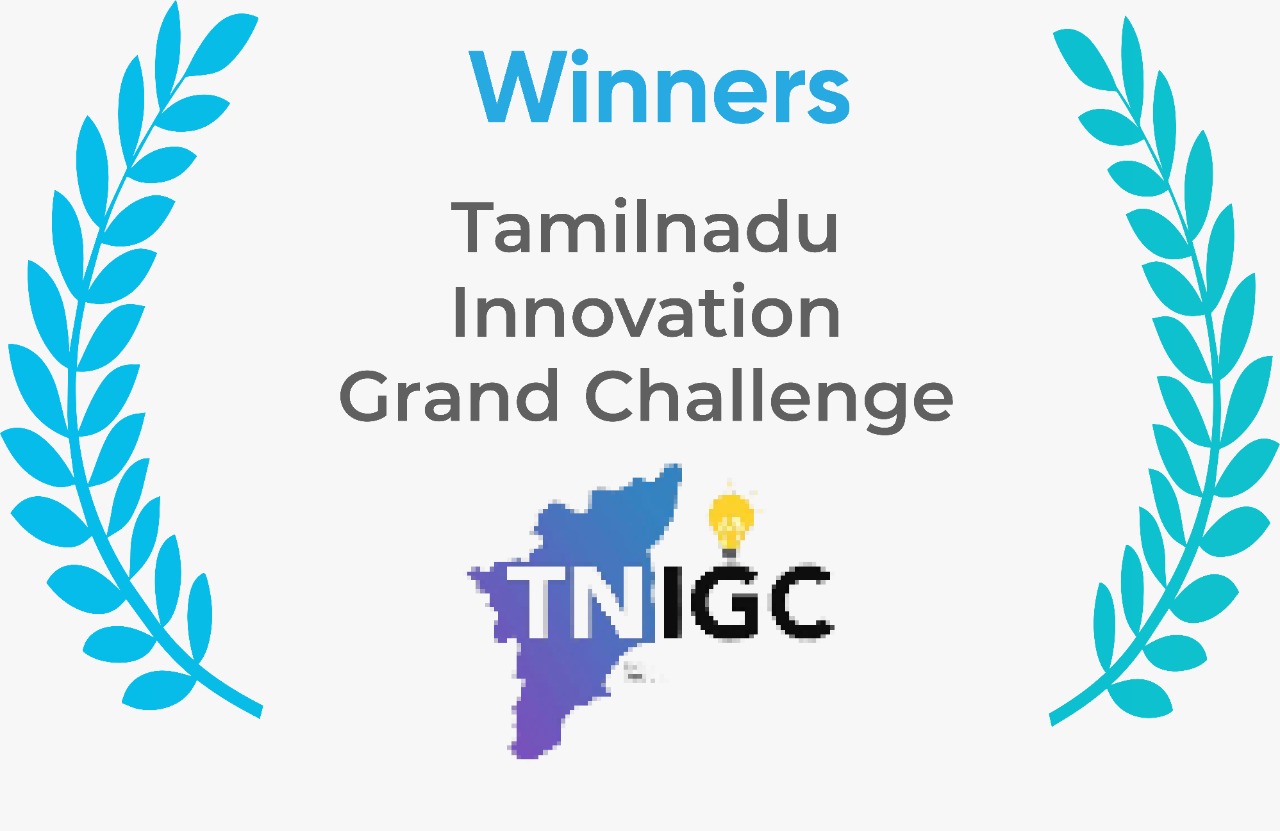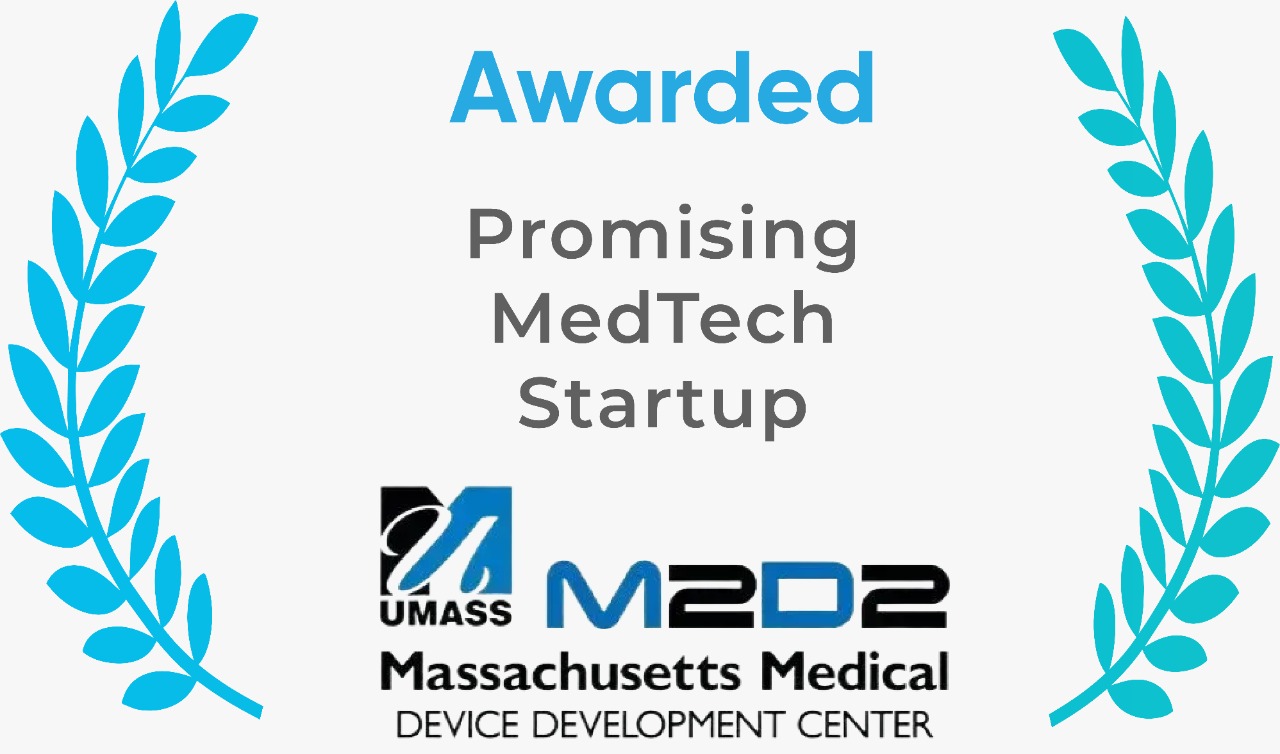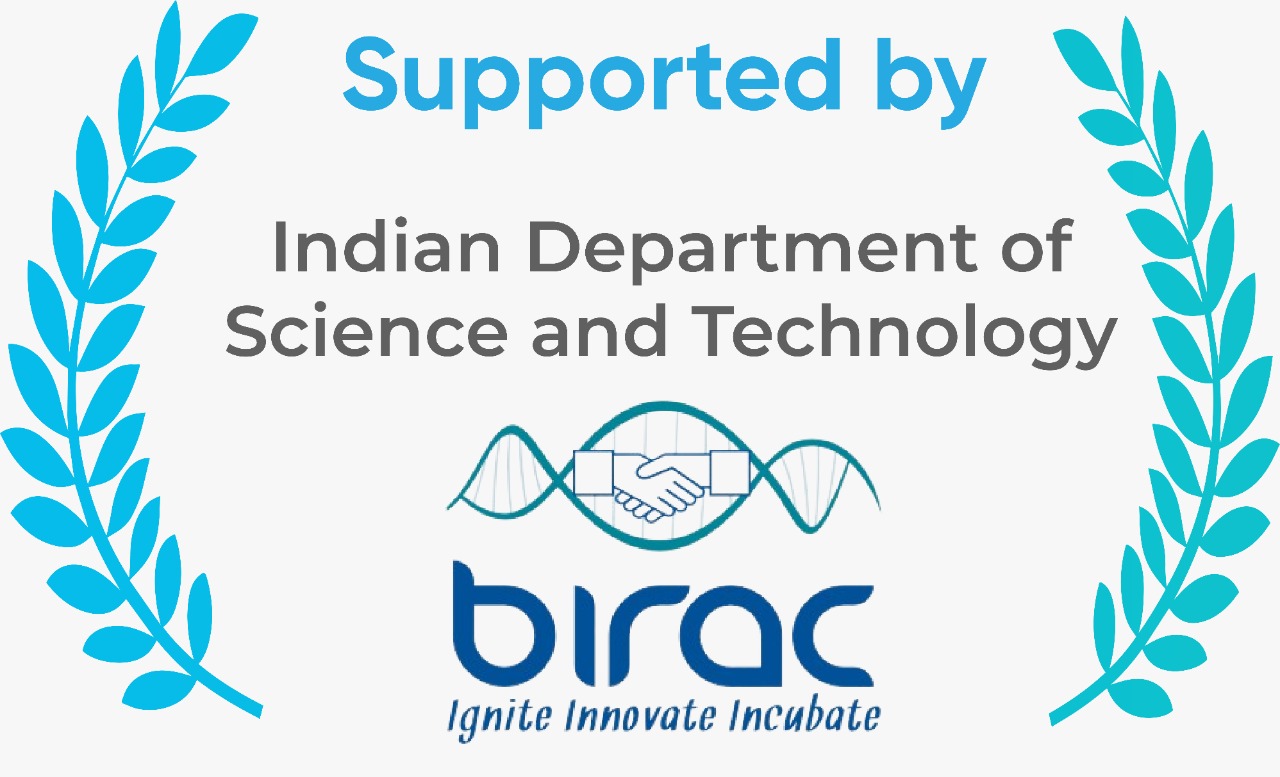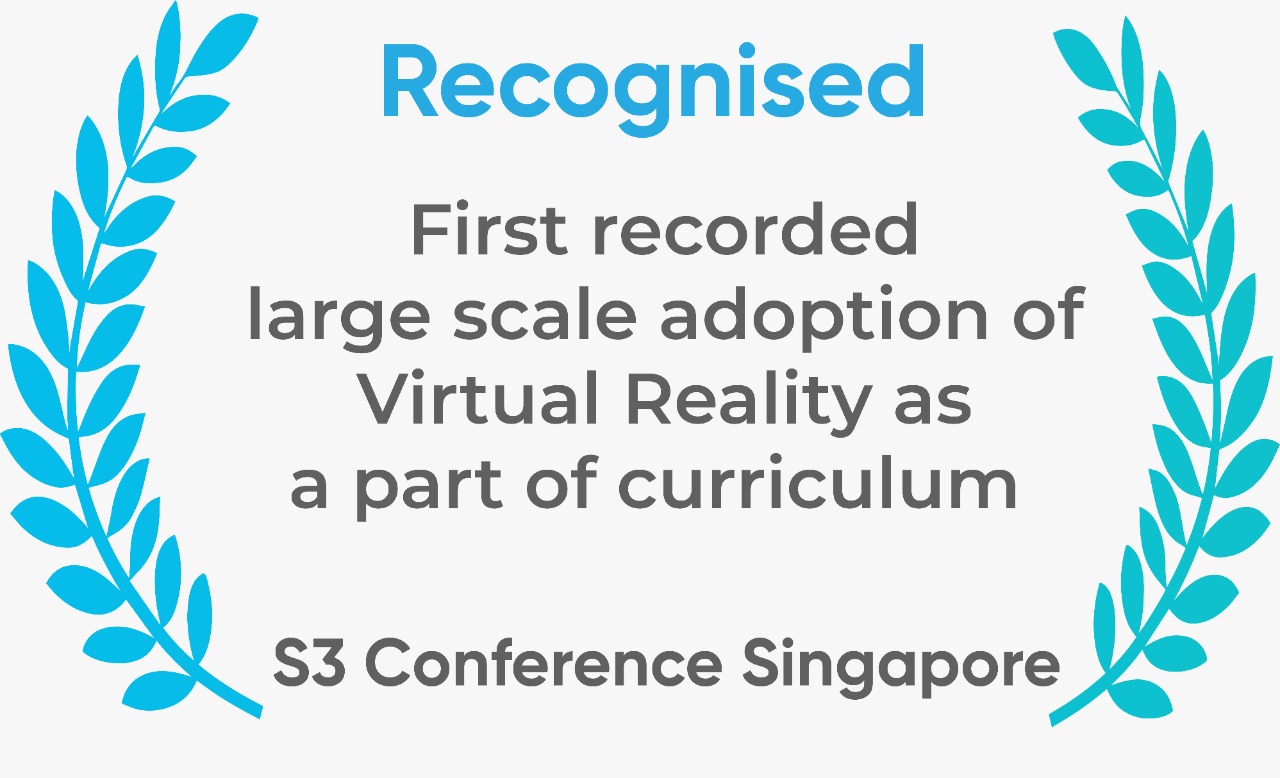How VR is Changing the Future of Medical Education
As VR technology continues to evolve and become more prevalent, more medical education institutions are adopting VR as a tool to train students.
Virtual reality (VR) can revolutionize how we learn and interact with educational facilities. In the field of medical education, VR has brought significant progressive changes by providing a safe and realistic platform for practicing procedures, improving patient safety, enhancing the learning experience, increasing accessibility, and reducing costs. With VR, students can immerse themselves in simulated environments that allow them to explore, experiment, and learn in more advanced ways than conventional teaching methods. These progressive changes can lead to better outcomes for patients and a more skilled and prepared medical workforce in the digitally-empowered times to come.
Traditional V/s Virtual Learning
Virtual reality (VR) offers a unique opportunity to enhance medical training and education by providing a safe and controlled environment for students to practice procedures and scenarios that may be difficult or dangerous in real-life situations. For example, medical students can practice surgeries on virtual patients without risking harm to patients. VR technology can provide a level of interactivity and immersion that is not possible with traditional learning methods, which can help students better understand and retain information.
Traditional learning in the medical field typically involves a combination of classroom lectures, textbooks, and hands-on clinical training. While this approach has been effective, there are limitations to what can be learned in a traditional classroom setting, particularly when it comes to practicing complex medical procedures or dealing with rare medical cases.
So while traditional learning methods will continue to play an important role in medical education, the integration of VR technology has the potential to enhance and improve the way medical students learn and prepare for their careers.
VR Trends in 2023 and Beyond
-
- Medical simulation: VR medical simulation can also be used to train medical students, to help them learn and understand complex medical concepts, and to prepare them for real-life situations. Moreover, VR simulations can be used to develop and test medical devices, study the effects of different treatments and therapies, and advance medical research.
- Haptic feedback: This technology allows users to receive tactile sensations through VR simulations. This technology is being integrated into medical simulations to improve the realism of the experience and to provide a more immersive learning environment for medical professionals.
- Adaptive learning: Adaptive learning uses algorithms and data analytics to personalize the learning experience based on the student’s progress and needs. In VR, this means that the environment and content can be adjusted in real-time to challenge the student and optimize their learning.
- Mobile VR: Mobile VR uses affordable, portable devices, such as smartphones or standalone headsets, to deliver VR learning experiences. This makes VR more accessible and flexible, allowing learners to access VR content from remote locations. Medical students can access this technology from anywhere for on-the-go learning.
- Community VR: This VR enables learners to connect and collaborate with others in a virtual environment, allowing for shared experiences and increased engagement. This can be particularly useful for group projects or team-based learning in the medical field.
At the same time, VR can become sustainable in several ways:
-
- Standardization: Medical VR can continue to advance while remaining accessible and affordable for medical students, professionals, and patients alike. Developing standards for medical VR can lead to increased interoperability and compatibility between different systems, reducing costs and promoting healthy competition. Standardization can also improve quality and safety by ensuring that VR simulations meet established benchmarks.
- Energy-efficient hardware: VR hardware can be designed to consume less energy and be more energy-efficient. This includes using low-power displays and processors, optimizing cooling systems, and using materials that have a lower environmental impact.VR facilities can also be powered by renewable energy sources, such as solar or wind power, to reduce their carbon footprint and dependence on fossil fuels.
- Cloudification: Storing VR data and applications in the cloud can reduce the need for on-premises storage and infrastructure, reducing energy consumption and costs. Cloud computing can also improve scalability and security, and provide access to advanced analytics and machine-learning tools for students, teachers, and professionals.
This is how the future may look like with VR on board
Making VR in the medical field more sustainable requires a holistic approach that considers the entire lifecycle of VR technology, from design to disposal. By adopting sustainable practices, medical VR can continue advancing while minimizing its environmental impact. In doing so, VR can become a powerful tool for education and training that aligns to create a more sustainable future.





